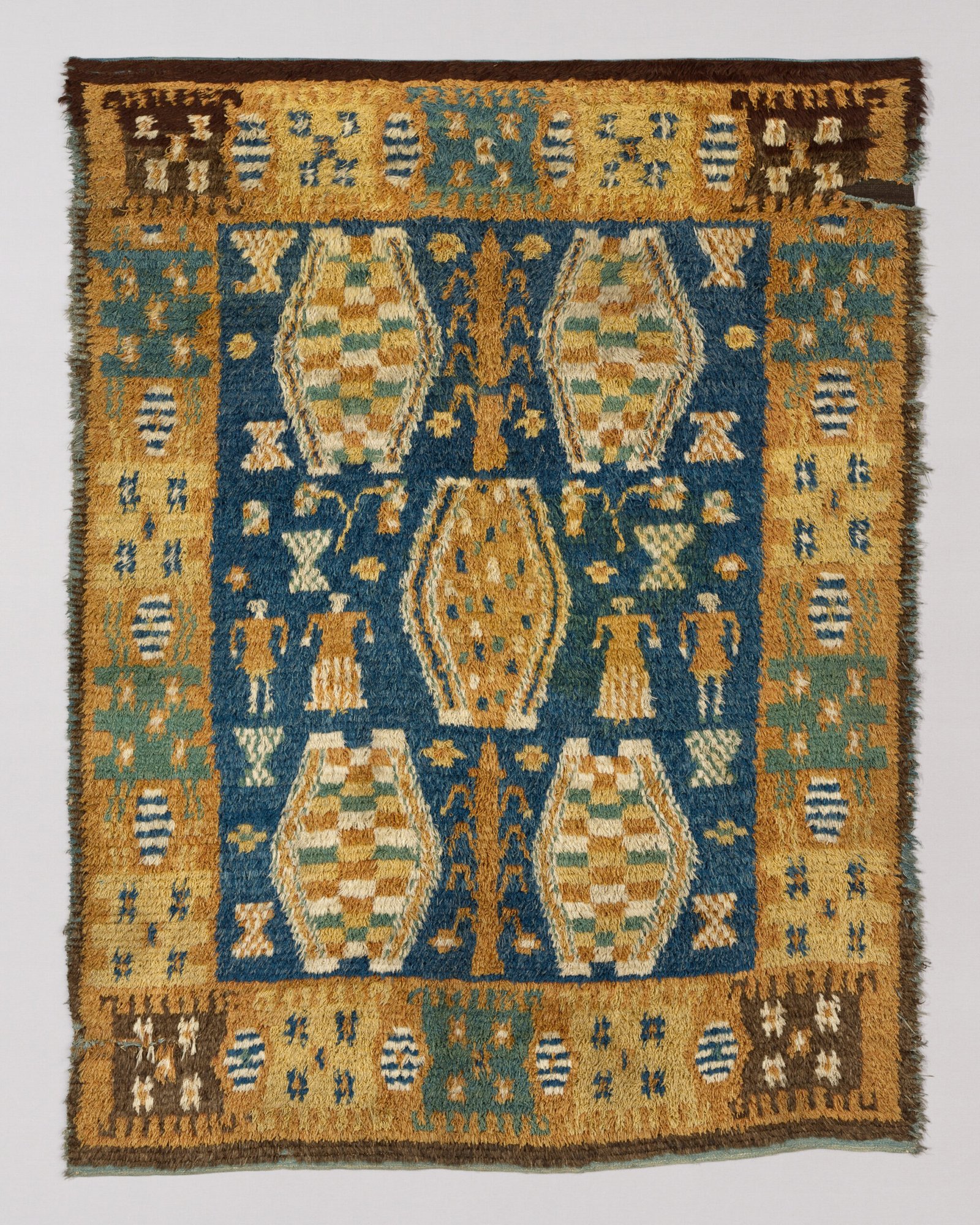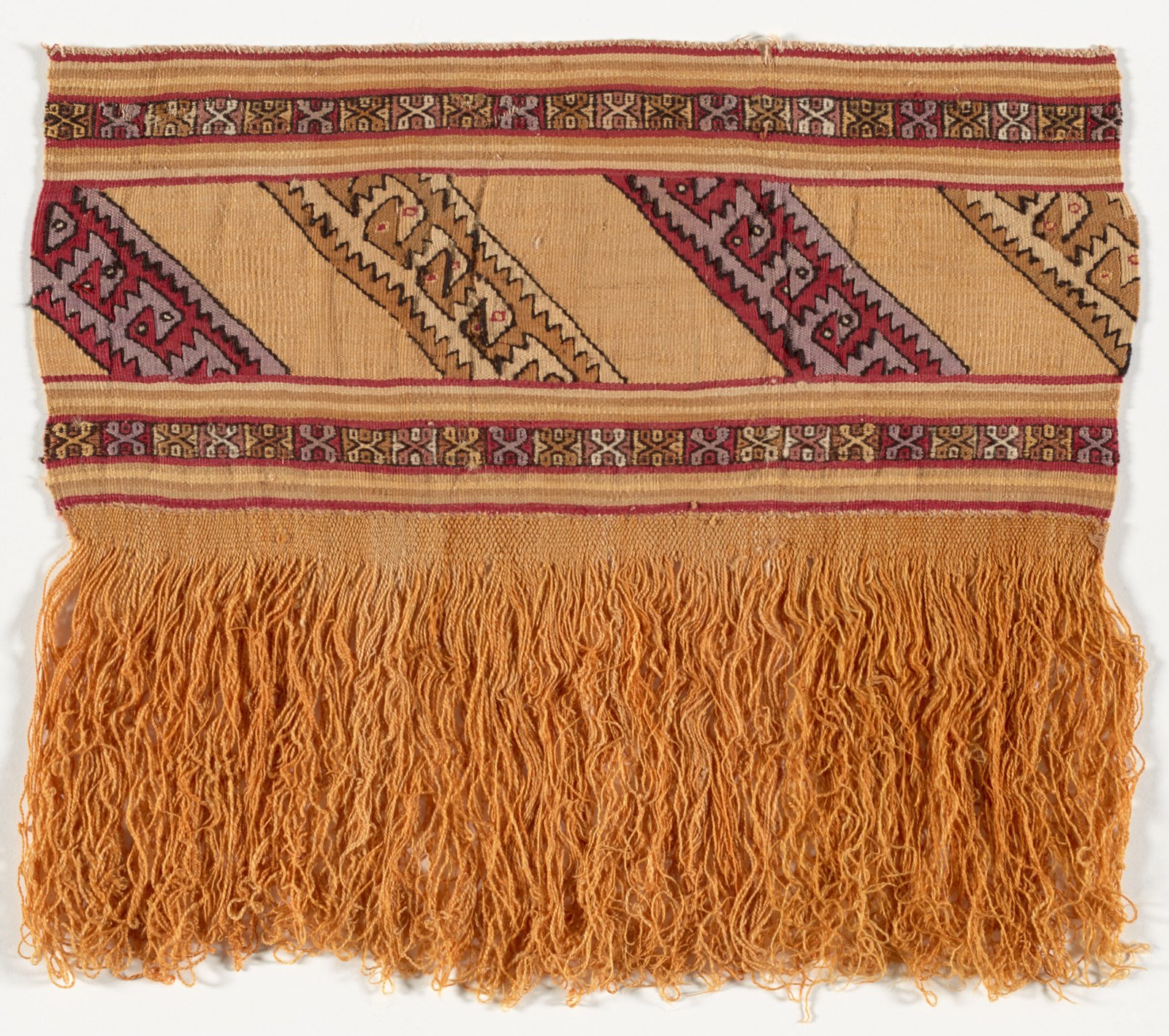Wool: The Gold Standard of Natural Fibers
Wool stands as one of nature’s most remarkable fibers—an enduring material shaped by history, geography, and craftsmanship. At Natural Fiber Clothing, we celebrate wool’s unparalleled qualities, alongside other natural textiles like cotton, hemp, linen, and silk. From ancient civilizations to modern innovations, wool has remained a staple in wardrobes and homes, offering exceptional benefits in health, sustainability, and versatility. Whether in clothing that provides warmth and breathability or home textiles that enhance comfort, wool continues to elevate everyday living. Let’s explore why this remarkable fiber remains a cornerstone of textile excellence.
Table of Contents

A Legacy Woven Through Time
Wool’s history spans millennia, deeply embedded in human civilization. Archaeological discoveries in Mesopotamia, dating back to 4000 BCE, reveal that early societies domesticated sheep specifically for their wool, which was then spun into textiles (Barber, 1991). By 1200 BCE, the Mediterranean had become a hub for the wool trade, with Phoenician merchants transporting it across seas and Greek artisans weaving it into garments. The Roman Empire refined wool production into an art form, with Apennine shepherds supplying the material for togas and legionary cloaks, as historian E.J.W. Barber documents.
By the medieval period, England’s wool trade had become so influential that it was regarded as the “jewel in the crown” of the nation’s economy. The significance of wool was immortalized in the Wool Sack, a traditional seat in the British Parliament (IWTO, 2023). From the fine Merino wool of Spain to the hardy fleece of Scotland’s Highlands, wool’s history is a testament to its lasting impact on global textiles.
A Global Fiber: Wool’s Regional Distinctions
The quality and characteristics of wool are shaped by the diverse landscapes where sheep graze. Each region produces unique fibers suited to different applications:
- Merino Wool: Australia’s Finest Export
Australia leads global Merino wool production, supplying 80% of the world’s fine wool. The country’s dry climate and expansive pastures create optimal conditions for producing lightweight, luxuriously soft fibers (American Wool Council, 2022). - Shetland Wool: Scotland’s Rugged Treasure
On Scotland’s Shetland Isles, the harsh coastal climate produces a coarser, highly durable wool. Known for its warmth and resilience, Shetland wool is ideal for robust knitwear and outerwear. - New Zealand’s Eco-Wool
New Zealand’s green pastures provide a sustainable source of wool, with an emphasis on ethical farming practices and environmental stewardship. Recognized by the IWTO for its eco-friendly approach, New Zealand wool is renowned for its quality and sustainability (IWTO, 2023). - Patagonia’s Resilient Wool
In the windswept plains of southern Argentina and Chile, free-range sheep produce thick, insulating wool, perfectly suited for outdoor and performance textiles. The extreme climate contributes to the fiber’s strength and durability. - Mongolia’s Warm and Durable Wool
Mongolia’s vast, arid steppes are home to Bactrian sheep, whose wool is prized for its exceptional warmth and toughness. Traditionally woven into felt and garments, this wool has been an essential textile for nomadic cultures for centuries.
From the rugged terrains of Patagonia to the cold steppes of Mongolia, wool’s regional diversity underscores its adaptability and enduring appeal.

The Health Benefits of Wool Textiles
Beyond its warmth and aesthetic appeal, wool offers remarkable health benefits:
- Natural Temperature Regulation
Thanks to its unique crimped fibers, wool traps air to provide insulation while remaining breathable. A 2018 University of Leeds study found that wool garments significantly enhance thermal comfort, reducing perspiration and maintaining optimal body temperature (Taylor et al., 2018). - Moisture-Wicking Properties
Wool can absorb up to 35% of its weight in moisture without feeling damp, keeping skin dry and reducing irritation. According to the American Wool Council, this property helps inhibit bacterial growth, making wool an excellent choice for activewear and everyday clothing (American Wool Council, 2022). - Hypoallergenic and Skin-Friendly
Wool’s natural lanolin repels dust mites and allergens, creating a healthier environment for those with sensitivities. Research published in the Textile Science Journal confirms that wool fabrics are less likely to trigger allergic reactions compared to synthetic alternatives (Lee & Kim, 2020). - Odor Resistance
Unlike synthetic fibers, wool naturally neutralizes odors by preventing bacteria buildup. A 2021 study by Massey University found that wool garments stay fresh 50% longer than many other textiles (Wilson et al., 2021).
With its breathability, moisture control, and hypoallergenic properties, wool remains a superior choice for clothing and home textiles.
Wool Textiles in the Home
Wool extends its benefits beyond clothing, enhancing comfort and sustainability in home decor:
- Better Sleep with Wool Bedding
Wool blankets, mattress toppers, and pillows regulate temperature for deeper, more restful sleep. Research from Woolmark indicates that wool bedding reduces night sweats by 30% compared to synthetic alternatives (Woolmark, 2024). - A Healthier Indoor Environment
Wool rugs and throws naturally resist mold, dust mites, and allergens, contributing to improved indoor air quality (Lee & Kim, 2020). - Durability and Longevity
Wool fibers can bend up to 20,000 times before breaking, making them far more durable than many other textiles (American Wool Council, 2022). Whether in a rug, blanket, or upholstery, wool textiles stand the test of time.
Wool: A Champion of Sustainability
As the fashion and textile industries prioritize sustainability, wool stands out as a model of eco-friendly production:
- A Renewable Resource
Sheep naturally regrow their fleece each year, making wool a fully renewable fiber. The IWTO reports that wool has 60% lower carbon emissions compared to synthetic materials like nylon (IWTO, 2023). - Biodegradability
Unlike synthetic textiles that contribute to microplastic pollution, wool decomposes naturally within a year. Studies at Massey University found that wool breaks down 85% faster than polyester, returning nutrients to the soil (Wilson et al., 2021). - Lower Environmental Impact
Wool’s odor resistance and breathability reduce the need for frequent washing, saving water and energy. The American Wool Council estimates that wool garments require 30% less washing compared to other textiles, making them a sustainable choice for conscious consumers (American Wool Council, 2022).
The Perfect Complement to Other Natural Fibers
Wool blends seamlessly with other natural fibers, enhancing their qualities:
- Cotton & Wool
Cotton’s softness pairs beautifully with wool’s warmth, ideal for layered apparel. - Hemp & Wool
Wool adds a touch of softness to hemp’s rugged durability, creating strong yet comfortable textiles. - Linen & Wool
The crisp lightness of linen balances wool’s insulating properties in home textiles and apparel. - Silk & Wool
The elegance of silk combined with the resilience of wool results in luxurious yet practical fabrics.
Bringing Wool Into Your Home and Wardrobe
Start small with a Merino scarf, a cozy Patagonian throw, or a durable Mongolian rug. Opt for 100% wool textiles to maximize benefits, and follow simple care guidelines—airing out, spot-cleaning, or cold washing—to maintain their longevity.
A Timeless Fiber for the Future
From the looms of ancient Mesopotamia to today’s eco-conscious textile industry, wool continues to prove its value. It is warm yet breathable, durable yet biodegradable, and steeped in both tradition and innovation. At Natural Fiber Clothing, we embrace wool as a sustainable, high-performance fiber that enhances both style and comfort. Explore our blog and experience the unmatched benefits of wool for yourself.
Sources
- Barber, E.J.W. (1991). Prehistoric Textiles. Princeton University Press.
- International Wool Textile Organisation (IWTO). (2023). Wool’s Sustainable Legacy. iwto.org.
- Taylor, M., et al. (2018). “Wool Textile Performance.” University of Leeds Textile Research.
- American Wool Council. (2022). Wool: A Global Fiber. americanwool.org.
- Lee, H., & Kim, S. (2020). “Wool’s Health Edge.” Textile Science Journal, 88(3), 45-56.
- Wilson, P., et al. (2021). “Wool Textile Sustainability.” Massey University Studies.
- Woolmark Company. (2024). Wool’s Modern Triumph. woolmark.com.
